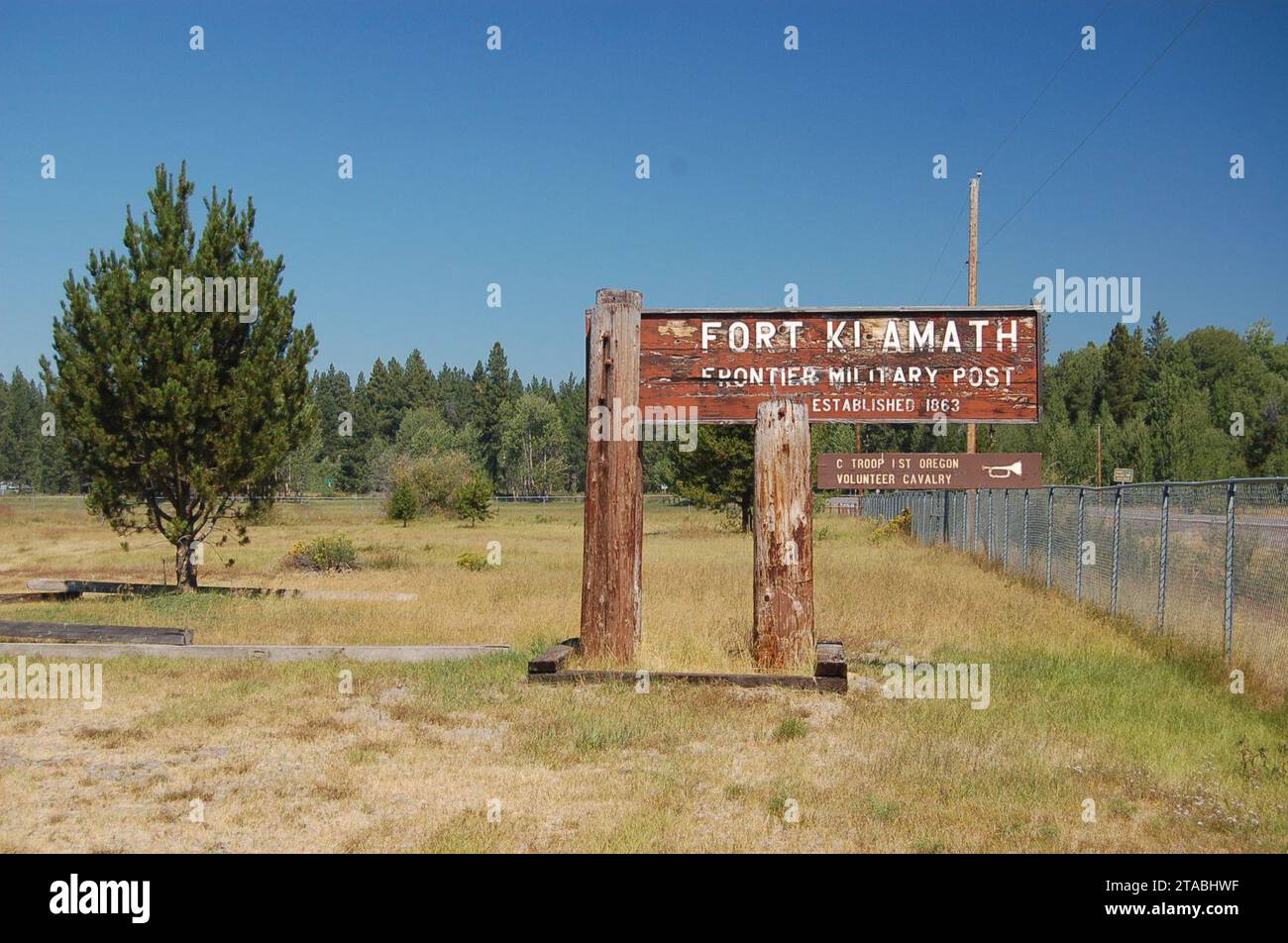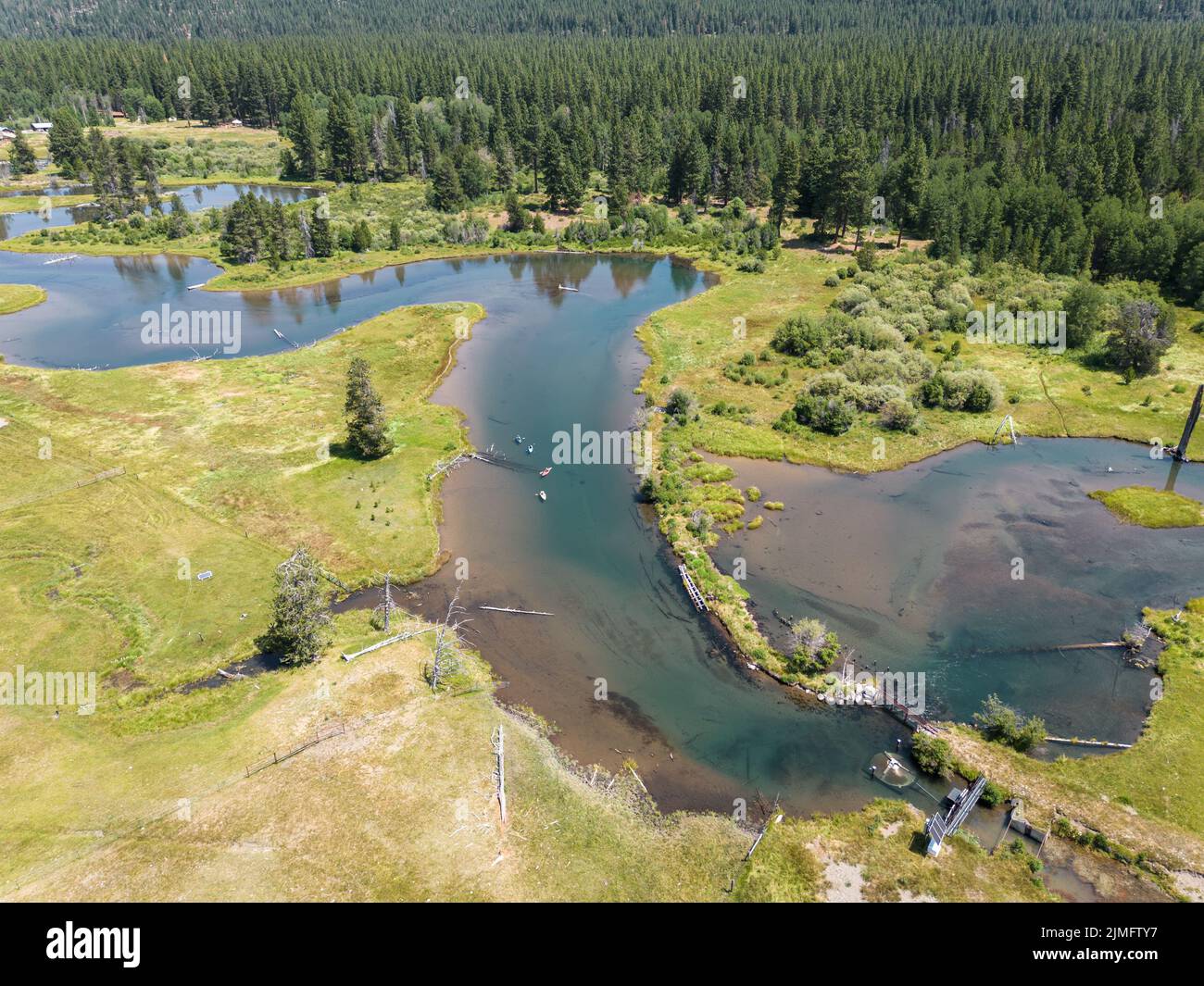
Whispers from the Wild: The Enduring Legends of America
America, a nation forged in revolution and tempered by expansion, is a land whose very soil seems to hum with untold stories. From the sun-baked deserts of the Southwest to the mist-shrouded forests of the Pacific Northwest, and from the bustling metropolises to the silent, forgotten outposts, a rich tapestry of legends weaves through the fabric of its history. These are not merely quaint folktales; they are the collective dreams, fears, aspirations, and unresolved questions of a diverse people, blurring the lines between historical fact and fantastical embellishment. In a country constantly reinventing itself, these legends offer a tether to its past, revealing profound truths about the American psyche.
The journalistic lens, keen on dissecting truth from narrative, finds a fascinating challenge in these legends. They are often born from real events, magnified by oral tradition, shaped by cultural anxieties, and solidified by the need to explain the unexplainable or to immortalize the extraordinary. They speak volumes about what America values, what it fears, and what it strives to comprehend in its vast, often untamed, landscapes.
Giants and Trailblazers: The Frontier Epic

At the heart of America’s legendary landscape lie the colossal figures born from the crucible of westward expansion and industrialization. These are the larger-than-life heroes who embodied the nation’s rugged individualism, relentless optimism, and boundless ambition.
Consider Paul Bunyan, the colossal lumberjack whose axe carved out rivers and whose footprints formed Minnesota’s thousand lakes. Born from the tall tales told around logging camp fires in the late 19th and early 20th centuries, Bunyan and his blue ox, Babe, represented humanity’s epic struggle to tame the wilderness. He wasn’t just strong; he was an allegorical figure for the sheer scale of American enterprise, a testament to the idea that no task was too immense, no forest too dense for the pioneering spirit. His stories, often accompanied by exaggerated feats of strength and ingenuity, provided solace and humor to men engaged in back-breaking labor, turning their arduous work into mythical quests.
Similarly, John Henry, the "steel-driving man," emerged from the sweat and toil of railroad construction during the post-Civil War era. His legend, immortalized in song, tells of an African American railroad worker who raced a steam-powered drilling machine and won, only to die with his hammer in his hand. John Henry is more than a strongman; he’s a poignant symbol of human dignity and resistance against the encroaching mechanization of the Industrial Revolution. His story resonates as a powerful, if tragic, assertion of human worth in the face of technological advancement, a deep-seated American anxiety about progress coming at a human cost.
Then there’s Johnny Appleseed (John Chapman), the eccentric frontiersman who, for nearly 50 years, walked across Ohio, Indiana, and Illinois, planting apple orchards. Unlike Bunyan or Henry, Johnny Appleseed was a real person, but his devotion to planting, his gentle nature, and his harmonious relationship with both Native Americans and settlers transformed him into a figure of almost saintly benevolence. His legend speaks to a different kind of pioneering spirit – one of nurture, foresight, and a quiet, enduring contribution to the land. He embodied the hope for a bountiful future, a counterpoint to the more aggressive conquest of the wilderness.
These frontier legends, whether wholly fictional or embellished accounts of real people, served as moral compasses and cultural benchmarks, shaping the collective understanding of what it meant to be American: strong, resourceful, and capable of overcoming any obstacle.
Shadows in the Wilderness: Cryptids and the Unexplained
Beyond the heroic, America’s vast and varied landscapes have given rise to a darker, more mysterious category of legends: cryptids and supernatural phenomena. These tales tap into primal fears and the enduring human need to explain the unknown, particularly in remote and sparsely populated regions.
Perhaps the most famous is Bigfoot, or Sasquatch, a large, ape-like creature said to roam the forests of the Pacific Northwest, particularly Washington, Oregon, and Northern California. Sightings, grainy photographs, and plaster casts of enormous footprints have fueled the legend for decades. Bigfoot embodies the lingering mystery of America’s remaining wilderness, a testament to the idea that despite all our mapping and exploration, there are still corners of the continent where the wild truly reigns supreme, hiding creatures beyond our comprehension. Its legend also subtly reflects an ecological anxiety: what unknown wonders might we be destroying as we expand?

In West Virginia, the legend of the Mothman gripped the town of Point Pleasant in the mid-1960s. Described as a winged, red-eyed humanoid creature, its appearance was often associated with foreboding events, most notably the collapse of the Silver Bridge in 1967. The Mothman legend is a chilling example of how local anxieties – about industry, isolated communities, and the unpredictable nature of disaster – can coalesce into a terrifying, prophetic entity. It’s a legend born from tragedy and fear, providing a monstrous face to inexplicable misfortune.
Further south, in the Pine Barrens of New Jersey, lurks the Jersey Devil, or the Leeds Devil. For over 250 years, this creature, often depicted as a winged biped with the head of a horse, has been blamed for livestock killings and strange noises. Its origin story, a cursed thirteenth child born to a local woman, blends local history with a cautionary tale of blasphemy and the supernatural. The Jersey Devil reflects the deep-rooted folklore of older, more settled regions, where the wilderness holds not just the unknown, but also the lingering curses of generations past.
These cryptid legends highlight the enduring power of the wild to inspire both awe and terror. They are a testament to the human imagination’s ability to populate the empty spaces on maps with creatures that embody our deepest fears and fascinations.
Echoes of History: Ghosts, Tragedies, and Unresolved Narratives
Many American legends are not about mythical beasts or superhuman feats, but about the lingering impact of historical events, particularly those marked by tragedy, injustice, or intense human emotion. These legends often take the form of ghost stories, lost treasures, or enduring mysteries that continue to haunt the national consciousness.
The Salem Witch Trials of 1692-1693, though a historical fact, have spawned countless legends about the spectral victims and accusers, their stories echoing through the narrow streets of Salem, Massachusetts. The town itself has embraced its haunted past, with tours and museums dedicated to the lingering spirits of those persecuted. The legends of Salem serve as a chilling reminder of mass hysteria, religious extremism, and the dangers of unfounded accusations, making the historical tragedy feel perpetually present.
From the chilling halls of Alcatraz, the infamous island prison in San Francisco Bay, come tales of restless spirits – former inmates and guards said to roam the desolate cell blocks. The legend of Alcatraz’s ghosts is an understandable byproduct of its history as a place of extreme isolation, despair, and violence. The idea that such intense suffering would leave an indelible mark, a psychic residue, is a common thread in many historical ghost stories, offering a form of spectral justice or a lingering warning.
And then there’s the enduring allure of lost treasures, like the Lost Dutchman’s Gold Mine in Arizona’s Superstition Mountains. For over a century, prospectors have risked life and limb searching for the fabled gold mine supposedly discovered by German immigrant Jacob Waltz in the 1800s. The legend is a potent mix of greed, adventure, and the rugged, unforgiving nature of the American Southwest. It speaks to the enduring dream of instant wealth and the romantic allure of the frontier, where fortune might still hide just beyond the next canyon. The scores of people who have vanished or died searching for it only add to its mystique, transforming it into a dangerous, almost cursed, quest.
Fort Klamath: A Microcosm of Frontier Legend
To understand how these threads of heroism, mystery, and historical echo converge, one can look to specific historical sites. Fort Klamath, nestled in the remote landscape of southern Oregon, serves as a poignant example of a place where the harsh realities of frontier life naturally brewed the conditions for legend.
Established in 1863 during the height of the American Civil War, Fort Klamath was a vital military outpost designed to maintain peace and manage relations between white settlers and the local Modoc, Klamath, and Yahooskin Paiute tribes. Its history is deeply intertwined with conflict, most notably the Modoc War of 1872-1873, a brutal and tragic struggle that saw the Modoc leader Captain Jack and his warriors make a valiant, but ultimately doomed, stand against overwhelming U.S. forces.
The very stones of Fort Klamath whisper tales. Its isolation, the constant tension between cultures, the harsh climate, and the inevitable deaths that occurred there – from battle, disease, or accident – created fertile ground for legends. While specific, widely known ghost stories might be fewer than in, say, a more publicly developed historical site, the conditions for them are palpable. One can easily imagine tales of:
- Restless Soldiers: The spirits of soldiers who died far from home, perhaps still on patrol or forever guarding their lonely post. The stark, preserved barracks and parade grounds evoke a powerful sense of lives lived and lost in the service of a distant government.
- Indigenous Echoes: The lingering presence of Modoc warriors and their families, whose lives and ancestral lands were irrevocably altered by the fort’s presence. The Modoc War ended with Captain Jack and his compatriots being tried and executed at the fort, their graves initially located on the post grounds. This historical fact alone imbues the site with a profound, somber energy, ripe for legends of injustice and enduring spirit.
- Tales of Endurance: Stories of incredible resilience in the face of blizzards, hostile encounters, and the sheer monotony of frontier life. These would be unwritten legends, passed down through generations of those who served or lived near the fort, reflecting the grit and determination required to survive in such a challenging environment.
- Hidden Secrets: Given the fort’s role in a tumultuous period, it’s not a stretch to imagine whispers of hidden caches, lost artifacts, or secret tunnels, born from the strategic necessities and desperate measures of the time.
Fort Klamath is not just a collection of historical buildings; it is a repository of raw human experience – conflict, survival, duty, and tragedy. These intense emotions and events, particularly in a remote and historically significant location, are the very ingredients from which authentic American legends are forged, even if they remain largely in the realm of local memory and conjecture rather than widespread myth. It serves as a stark reminder that many American legends are not just stories, but the emotional and cultural residue of real, often painful, history.
The Enduring Power of Narrative
From the mythical giants shaping the land to the spectral figures haunting historical sites, American legends are more than mere entertainment. They are living documents, constantly reinterpreted and retold, reflecting the changing concerns and identities of the nation. They serve as:
- Cultural Mirrors: Revealing the values, fears, and aspirations of different eras.
- Moral Compass: Offering cautionary tales or inspiring examples of courage and perseverance.
- Explanations for the Unexplained: Filling the gaps where science or history falls short.
- Connectors to the Past: Providing a vibrant, emotional link to generations gone by.
In a country as vast and diverse as America, these legends provide a shared cultural vocabulary, a common ground where the rational and the mystical converge. They remind us that while facts provide the skeleton of history, legends provide its beating heart, its soul, ensuring that the story of America is never truly finished, but always evolving, always whispering new tales from the wild.


